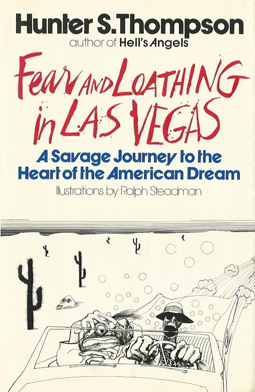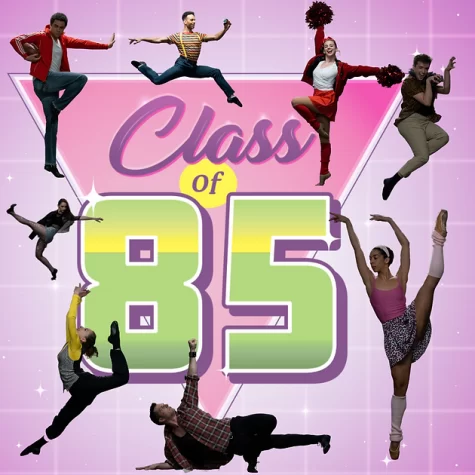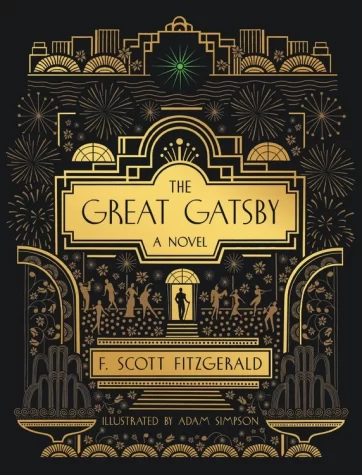‘Us’ boasts staggering sophomore effort from Jordan Peele

Academy Award winning director Jordan Peele at the 73rd Annual Peabody Awards.
Jordan Peele’s sophomore film Us made its long-awaited debut on March 22, leaving Peele fans and critics alike with burning questions and little to no answers. This film, following his Academy Award winning film Get Out (2017), is an endearing yet hackneyed attempt at incorporating metaphors into the horror films. While Us is impressive in both style and intentions, it seemingly misses the mark on solidifying all of the concepts displayed throughout the film. Peele’s exceptional style in both his screenwriting and directing presents a new wave in the horror genre, abandoning the trite cliches that are repeatedly released year in and year out.
Us is a film that focuses on duality and discovering the underlying truths of both yourself and society; truths that seemingly become easier to hide as you continue to move up the socioeconomic food chain. Without decoding any spoilers, Us is centered around the Wilson family on vacation in Santa Cruz and their sudden face-to-face encounter with a murderous doppelganger family. In classic Peele fashion, both families are more than meets the eye. Both metaphorically and psychologically complex, society’s demons take their physical form in the film Us.
With each viewing of the film, subtle nuances or symbols become more prevalent, a testament to Peele’s in-depth understanding of his work. Much of the basis of the appeal of the film stem from its multidimensional, symbolic undertones; The first few scenes in Us, switching between past and present day, offer a glimpse into the world of the Wilson family and the verisimilitude–or lack thereof–surrounding the characters. While Peele provides the audience with many double edged swords surrounding his work, the lack of clarity is messy and unsettling.
One of the most prominent symbols repeated throughout the movie is his focus on the 1986 Hands Across America campaign, where people would hold hands to form a continuous line across the contiguous United States to raise money for various charities. In the end, it ended up failing and less than half of its donations were actually donated to charities. Peele uses this as a vehicle to describe the lack of action being taken in communities where oppression is a downward slope and is relatively impossible to climb out of on your own. This is one example of Peele’s archetypal approach to metaphors with racially charged hidden meanings, something that is relatively unforeseen in the stereotypical horror genre.
While establishing his own basis of what a blockbuster horror hit means in the 21st century, Peele never ceases to incorporate classic horror cinematic tropes by paying homage to the films that influenced Us. From The Twilight Zone to Black Swan to The Shining, Peele appeals to the most knowledgeable of moviegoers, adding to the complexity of the film.
Us boasts an impressive cast, with both familiar and new talent. Starring Academy Award winning actress Lupita Nyong’o and actor Winston Duke, they act as opposites or foils to one another, one appealing more to the material aspects of life and one being the emotional glue of the family. Both performances were remarkable and offered a cerebral and stoic yet impassioned aspect to their family. Lupita’s performance, especially, completely shaped the emotional aspect of the film through both of her characters, Adeleine and doppelgänger Adeleine.
Films of this caliber intentionally leave audiences with a sense of ambiguity — both in how they feel about the film and with themselves. Peele implements this ideal seamlessly, as his predominant message is an avoidance of finger pointing. Throughout the film, the audience grasps with the struggle of not being secure in their knowledge of who the “bad-guy” is or should be. “I’ve neglected what that privilege means, in terms of people that suffered and will continue to suffer so I could have it. We’re connected to other people. Somebody made these shoes,” Peele said.
I give Us an A- rating. The film offers a twist ending–one that’s easy to miss–but a conclusion that is decidedly vague and ostensibly confusing. Whether this ambiguity was left intentionally or inevitably occurred because of a plot too complex to decode in the film, it left audiences with questions, long after the credits ended. All in all, Peele’s grasp of the metaphorical side of the racial and socioeconomic disparity in the United States transcends other directors in his genre. Hope for an immaculately thought-through third movie in classic Peele fashion will keep fans around for more.

Hello! My name is Nina Johnson, and I’m a senior at Orono. This is my fourth year being on The Spartan Speaks, now as one of the Editors in Chief. I...










